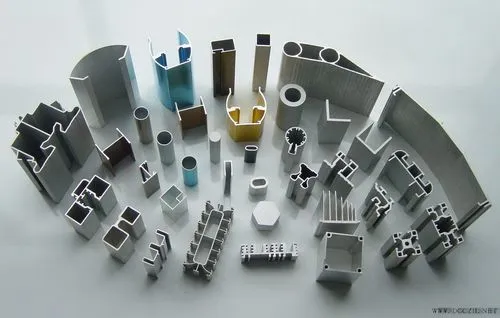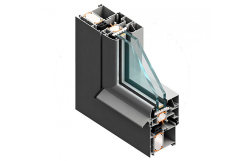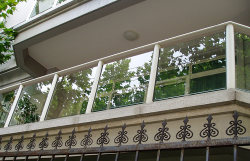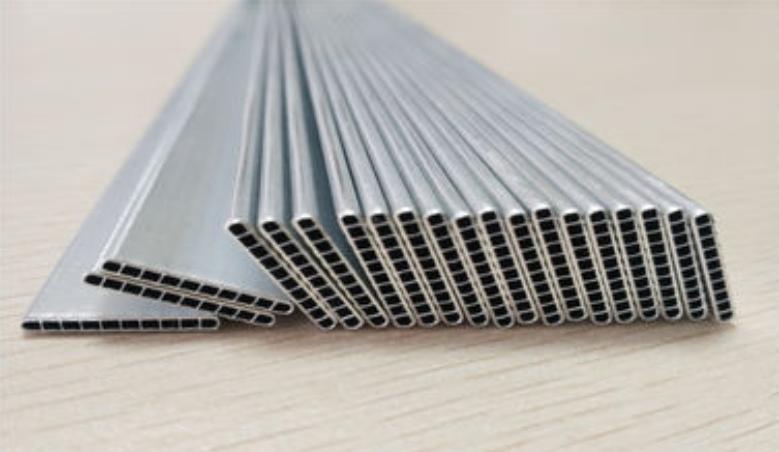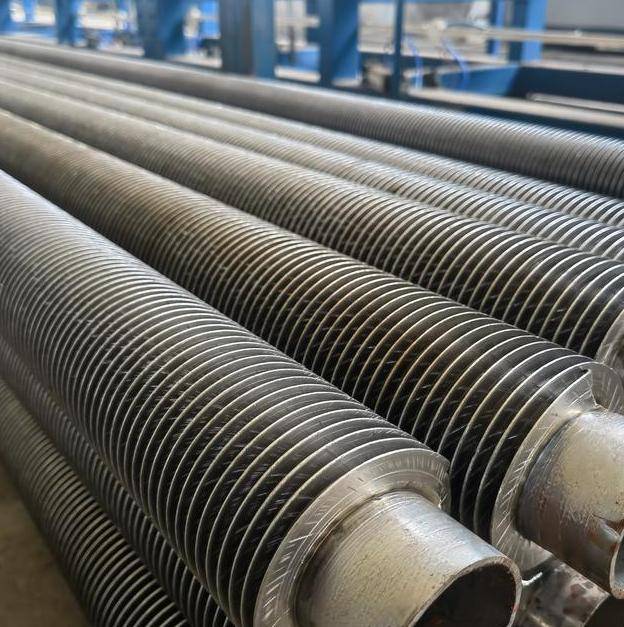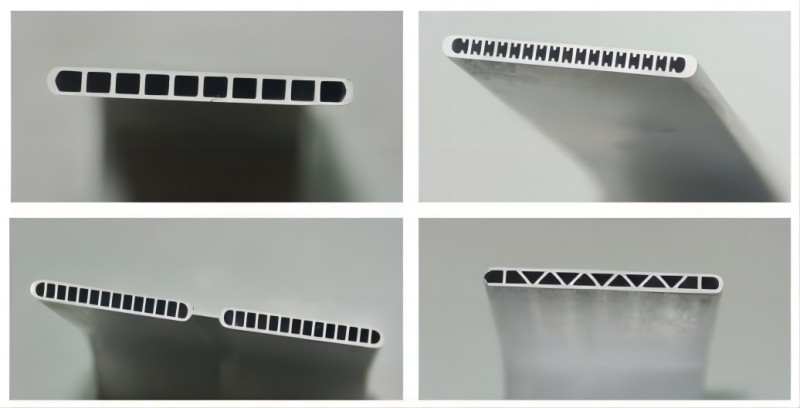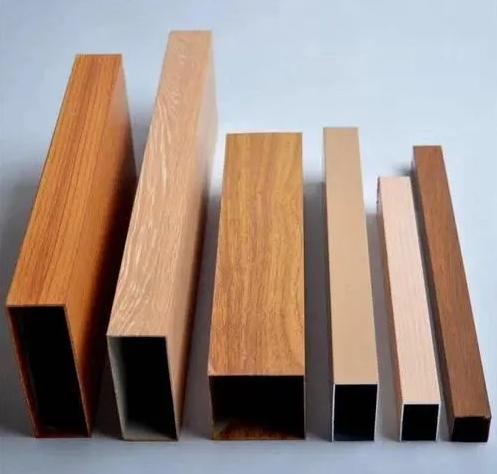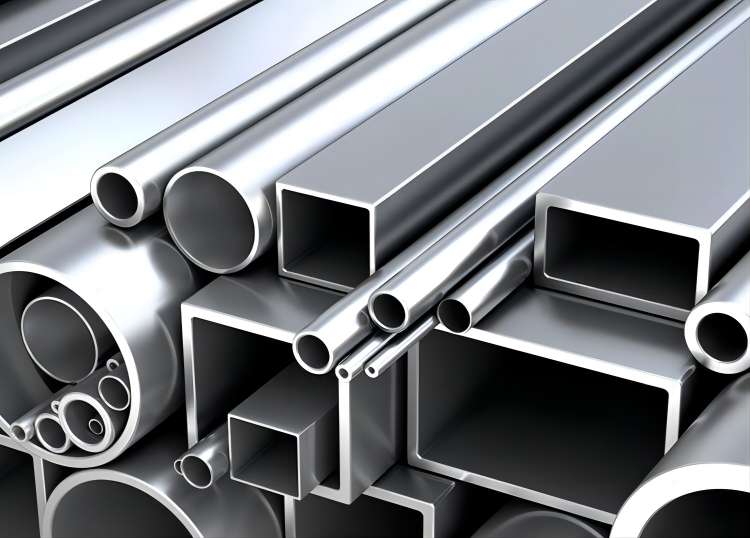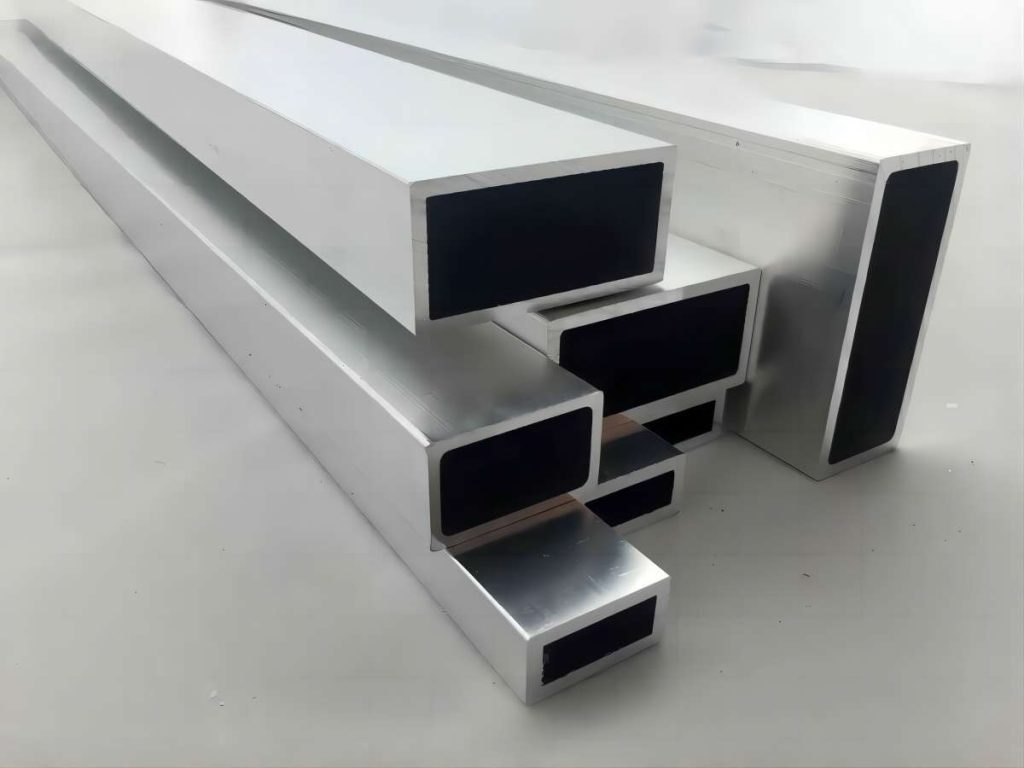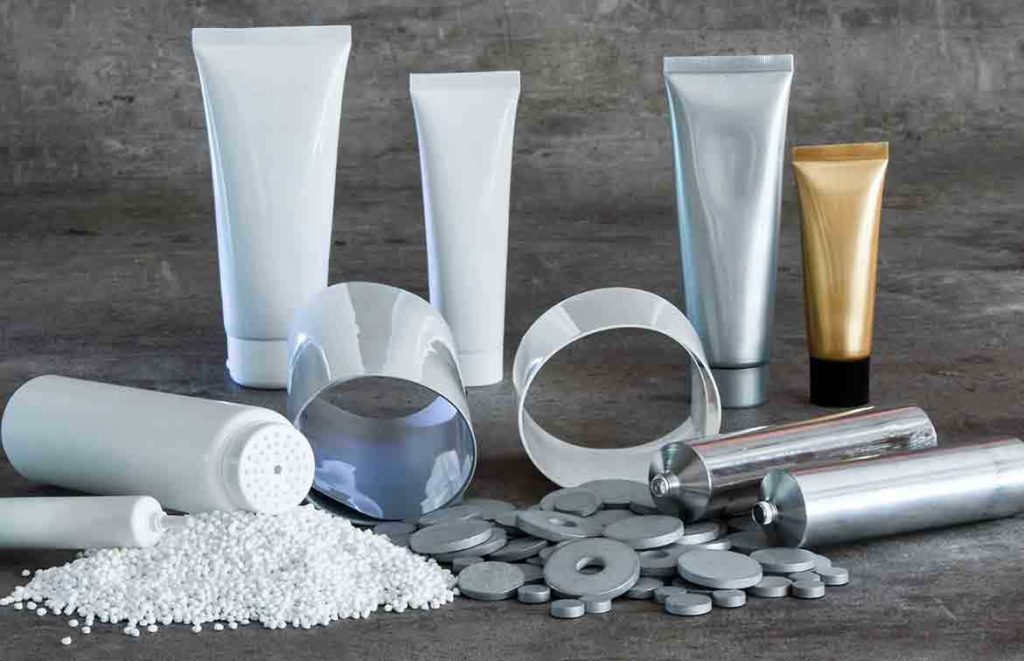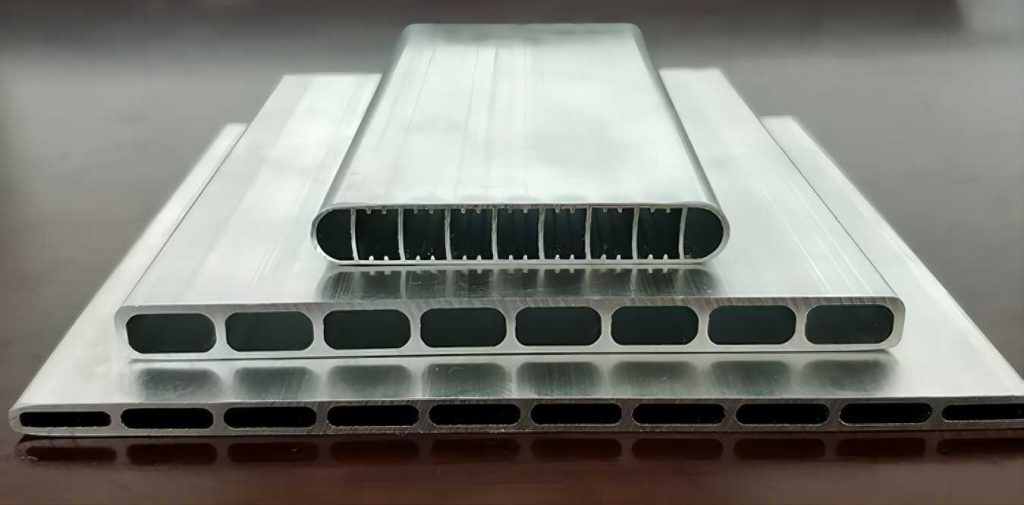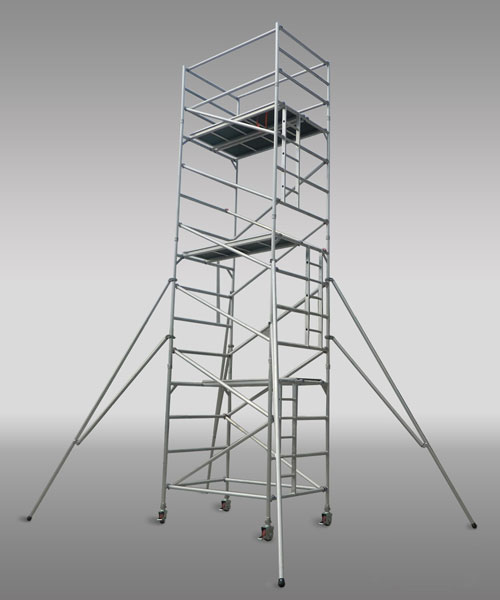LED strips are an incredibly popular lighting solution for both residential and commercial applications, thanks to their flexibility, energy efficiency, and low heat output. However, even LED strips can generate a significant amount of heat over time, which can cause issues with performance and longevity if not properly managed. That’s where aluminum heat sinks come in.
Aluminum heat sinks are a type of cooling solution that are designed to dissipate heat away from LED strips, helping to extend their lifespan and maintain optimal performance. In this article, we’ll take a closer look at aluminum heat sinks for LED, including how they work, their benefits, and some of the key considerations to keep in mind when choosing them.
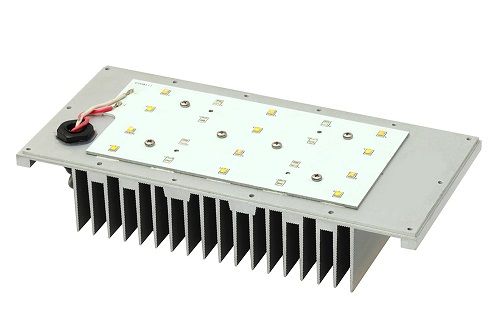
How does aluminum heat sinks work with LED strips?
An aluminum heat sink typically consists of a piece of aluminum with a series of fins or ridges that are designed to increase the surface area of the heat sink. This increased surface area allows for more efficient heat transfer away from the LED strip, helping to keep it cool and prevent overheating.
When an LED strip is in use, the diodes on the strip generate heat as a byproduct of their operation. If the heat generated is not effectively dissipated, it can cause the LED strip to malfunction or even fail prematurely. An aluminum heat sink works by providing a large surface area for heat to dissipate into the surrounding air, allowing the heat to be carried away from the LED strip.
The heat generated by the LED strip is transferred from the LED strip to the aluminum heat sink through a process called thermal conduction. The heat is then spread out over the surface of the heat sink, where it can be dissipated into the air. The fins or ridges on the heat sink increase the surface area of the heat sink, allowing for more efficient heat transfer and dissipation.
Overall, an aluminum heat sink is an effective and essential tool for managing the heat generated by LED strips, helping to extend their lifespan and maintain optimal performance.
Benefits of Using an Aluminum Heat Sink for LED Strips
There are several benefits to using an aluminum led heatsink, including:
- Increased lifespan: One of the primary benefits of using an aluminum heat sink with LED strips is that it can help to extend the lifespan of the LED strip. By effectively dissipating the heat generated by the LED strip, an aluminum heat sink can help to prevent overheating and reduce the likelihood of premature failure.
- Improved performance: Another benefit of using an aluminum heat sink is that it can help to maintain optimal performance of the LED strip. When an LED strip overheats, it can cause issues with brightness and color consistency. By keeping the LED strip cool, an aluminum heat sink can help to ensure that it performs at its best.
- Greater energy efficiency: LED strips are already known for their energy efficiency, but using an aluminum heat sink can further improve this aspect. When an LED strip runs cooler, it requires less energy to operate, leading to even greater energy savings over time.
- Versatility: Aluminum heat sinks are available in a variety of sizes and shapes, making them a versatile option for LED strip cooling. Whether you’re working with a small or large LED strip, you can find an aluminum heat sink that will fit your needs.
- Easy to install: Finally, aluminum heat sinks are easy to install, making them a popular choice for both professionals and DIY enthusiasts. Most aluminum heat sinks come with adhesive backing or mounting brackets, allowing for easy installation on a variety of surfaces.
Overall, using an aluminum heat sink for LED strips can provide numerous benefits, helping to improve performance, extend lifespan, and reduce energy consumption.
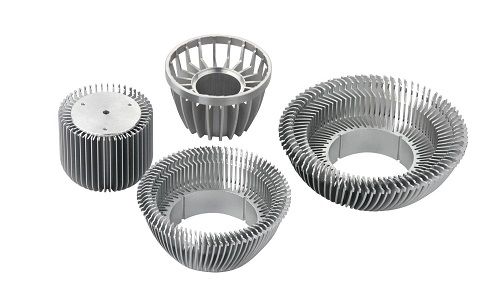
Choosing the Right Aluminum Heat Sink for Your LED Strip
When choosing an aluminium heatsink for your LED strip, there are several factors to consider:
- Size: The size of the heat sink should match the size of your LED strip. A heat sink that is too small may not provide adequate cooling, while a heat sink that is too large may be difficult to install and may not be necessary for the amount of heat generated by the LED strip.
- Fin density: The density of the fins on the heat sink can affect its cooling performance. A heat sink with a higher fin density can dissipate heat more efficiently, but may also be more expensive and may require more airflow to be effective.
- Material: Aluminum is a popular choice for heat sink material because it is lightweight, durable, and conducts heat well. However, there are different grades of aluminum, each with different properties. For LED strip cooling, an aluminum heat sink made from a high-quality, thermally conductive alloy is ideal.
- Mounting: Consider the mounting options available for the heat sink. Some heat sinks come with adhesive backing or mounting brackets, while others require screws or clips. Make sure the mounting options are compatible with your LED strip and installation requirements.
- Airflow: Finally, consider the airflow around the LED strip and heat sink. Airflow is critical for effective heat dissipation, so make sure that the heat sink is positioned in an area with adequate airflow. If necessary, consider using a fan or other cooling device to improve airflow and cooling performance.
In conclusion, using an aluminum heat sink for your LED strip can greatly improve its performance and lifespan. By dissipating heat efficiently, an aluminum heat sink ensures that your LED strip runs at its optimal temperature, preventing overheating and premature failure. When choosing an aluminum heat sink, consider factors such as size, shape, and material to ensure that it is the right fit for your LED strip. Installation and maintenance are also important factors to consider to ensure that your heat sink continues to perform optimally over time. With the right aluminum heat sink, you can enjoy brighter, longer-lasting LED strip lighting for your home or business.
Related Products
Related Articles

